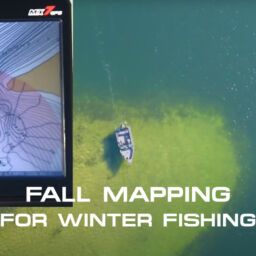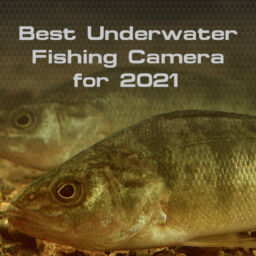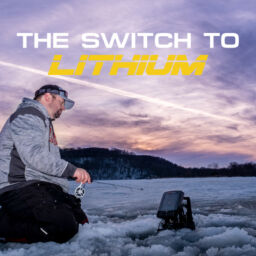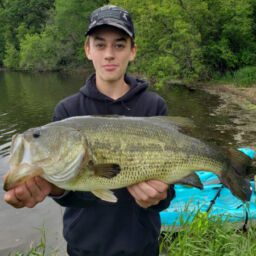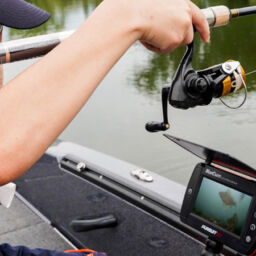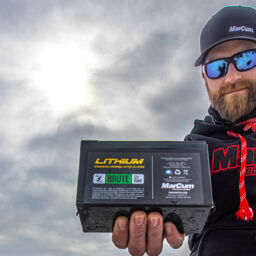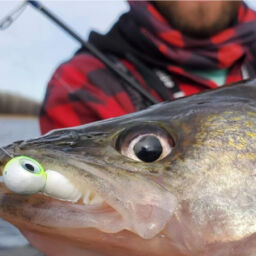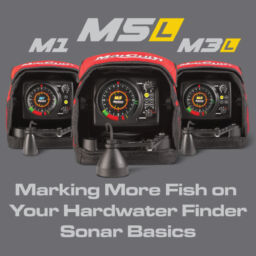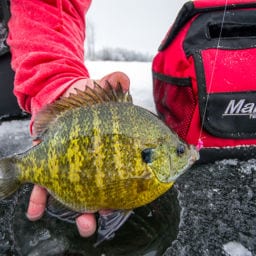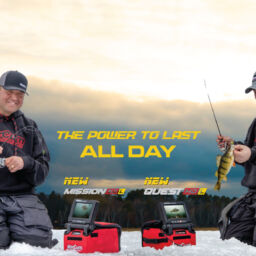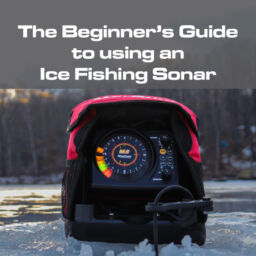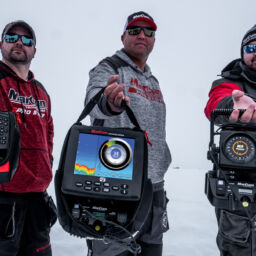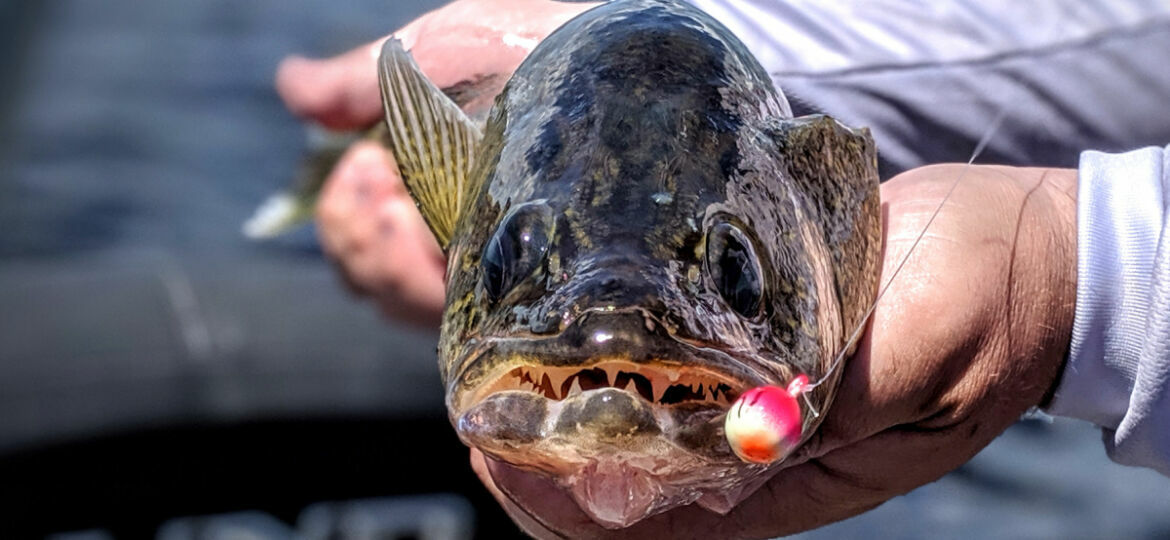
Jig Fishing 101
Who doesn’t have boxes of jigs laying around? No matter the species, it could be the most universal, widely copied, and versatile lure of all time. If we’re talking live bait, it’s the best delivery method for meat that I know of. If plastics, well there’s usually a jig involved here too.
Yet, with so many variations on the average-jig head, it’s nice to go back to basics and realize that fishing them is usually also a pretty standard affair. There’s a few rules of the road when fishing a jig that can make it nearly magic. On the flip side, break these rules and there are far more productive baits on the water.
Selection
Starting with a standard jig-head, you have to think about what you’d like to do with it. If you’re threading on a fathead minnow, a short-shank Fireball will be the logical choice. The same can’t be said if you’re looking to fish plastics, as plastics fish best with an aggressive wire keeper.
As for other features and color, think about the water clarity you’ll be fishing in. Anything with a blade or propeller adds flash and vibration, which may be a necessary part of the presentation. Big minnows call for a long-shank jig, and suspended fish call for a floating jig that rises above a weight on the bottom. So many jigs, so many scenarios, but you need to match the style of jig to the type of fishing you’ll be doing.
Jig Size/Weight
Conventional wisdom states that fishing the lightest jig possible is always best, and I’d agree but only to a point. The fact is that most people get locked into jig weights and fish memories more than conditions. In wind, waves, deeper water, or in tight cover, you need control, and wispy jigs offer very little of that.
I would rather err on the side of being nearer bottom (for walleyes) than not being light enough. Light will get you more bites, but only if you can present it properly to the fish, then detect those bites without a big bow in your line.

Approach
It’s important to note that when casting to shallow fish with jigs, you should work your way from the outside, in. Probe the edges of structure and cover to pick off fish that are patrolling without disturbing what may be a school. Pick them off without barging in and driving over a shallow school in clear water. Staying off-of and away-from these schools can be as important as how you fish the jig itself.
Wind Considerations
When possible, always fish into or with the prevailing wind direction. The stiffer the breeze, the more important this advice. Wind blowing perpendicular to the direction of the cast puts a huge bend or bow in the line that robs both your ability to control the bait or set the hook.
I learned to fish jigs on the Mississippi River in current AND wind, making casting angles, boat positioning, and rod tip control of utmost importance. Remember that the goal is to present the bait near bottom in a natural fashion, on a tight line.
Casting
Casting isn’t too big a deal with plastics, but with bait, your casts may vary from being short pitches to longer lobs. In either case, you’ll want to let the bait settle near bottom. Not INTO bottom in the case of sticky chunk rock, but that’s perfectly acceptable or even preferred when bottom conditions aren’t snaggy. Letting the bait settle can be the biggest key to catching fish, as many people fish jigs well over the heads of any unsuspecting gamefish.
Vertical
Many jig fishing situations are while positioned directly above fish at depth, putting a different wrinkle on the same bait. I’ve always had more success trying to jig the bait into the lake-bottom, maintaining good bottom contact throughout the entire process. Many anglers spend too much time jigging “off-of” or “up-from” the bottom, giving the fish little time to eat the bait when it isn’t buried in mud or sand. Drop it a few times into bottom, then raise and hold, then repeat until bit.
Techniques
There are a million ways to fish a jig, including short hops, dragging, popping, and even free swimming. Over the years, the most effective method for me has been to let the bait settle, then drop the rod tip to one side of my body while sweeping back slowly.
The bait comes off of bottom very slowly versus a large hop above their heads and a sharp pull forward. Use this as a standard that you add variations to. Shorter sweeps, drags, small pops, and letting the bait settle are all great ways to trigger strikes. Each day is different and make sure to experiment.
Fishing Rods
The faster the action the better on a good jig rod. Today’s Extra Fast Action rods give only at the tip, then transition to great hook-setting backbone with just the flick of the wrist. Most anglers don’t set the hook hard enough or quickly enough, so an faster rod puts more hook to fish more quickly.
For pitching and casting, I love the 6’9” and 6’10” lengths, in Medium for heavier jigs and Medium Light for slightly smaller versions. Here’s where you get what you pay for. With other presentations, a fishing rod may not determine your success as directly as with jigging. Better rods lead to better offerings, more felt bites, and ultimately, more fish.

Line Considerations
I’m a big fan of a quality braid and fluorocarbon leader about 4-6’ in length. 8lb or 10lb fluoro is a great pair for slightly heavier main line that won’t bind, wind-knot, or tumble into the bait. That said, especially in current situations, it’s sage advice to keep a high-visibility mono rod spooled up and let the fish decide how they like the bait best presented.
Mono floats and carries through the water differently than braid which can cut through a bit easier. Other times, it can be more about the stretchiness of mono that lets the fish get a jig into its mouth better, such that you may get less bites but actually convert more of them to fish in the boat.
Funny how a simple technique can have so many details. Each is important in its own way but none of the above alone will make you a better jig angler. Employ all of these techniques, stay focused while fishing, and time on the water will solve any other problems in learning how to fish a jig with more success.
Looking to up your rod game? Check out this post on How to choose right fishing rod.



